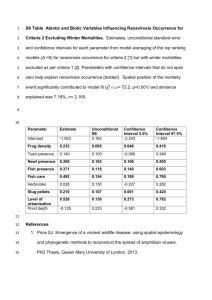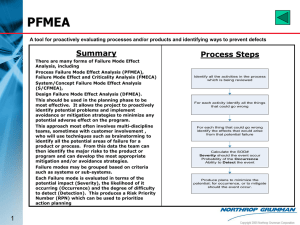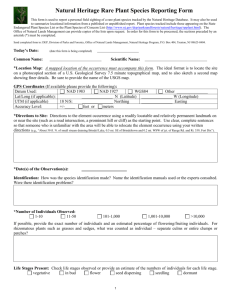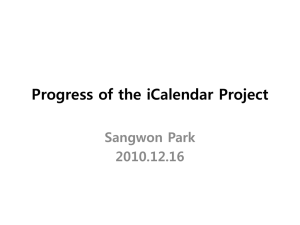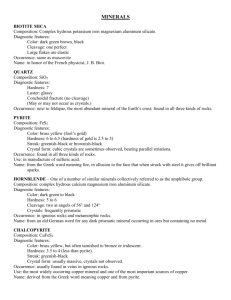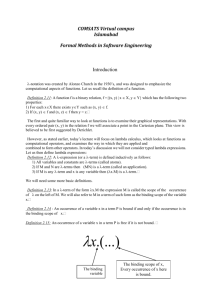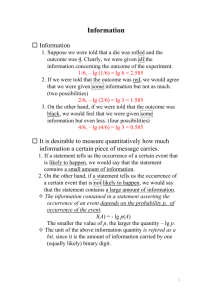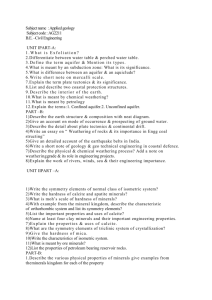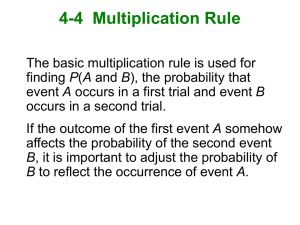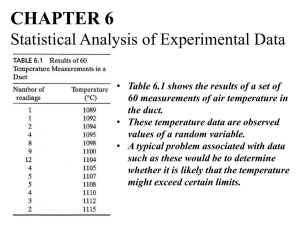ground water occurrence, exploration and exploitation in the
advertisement
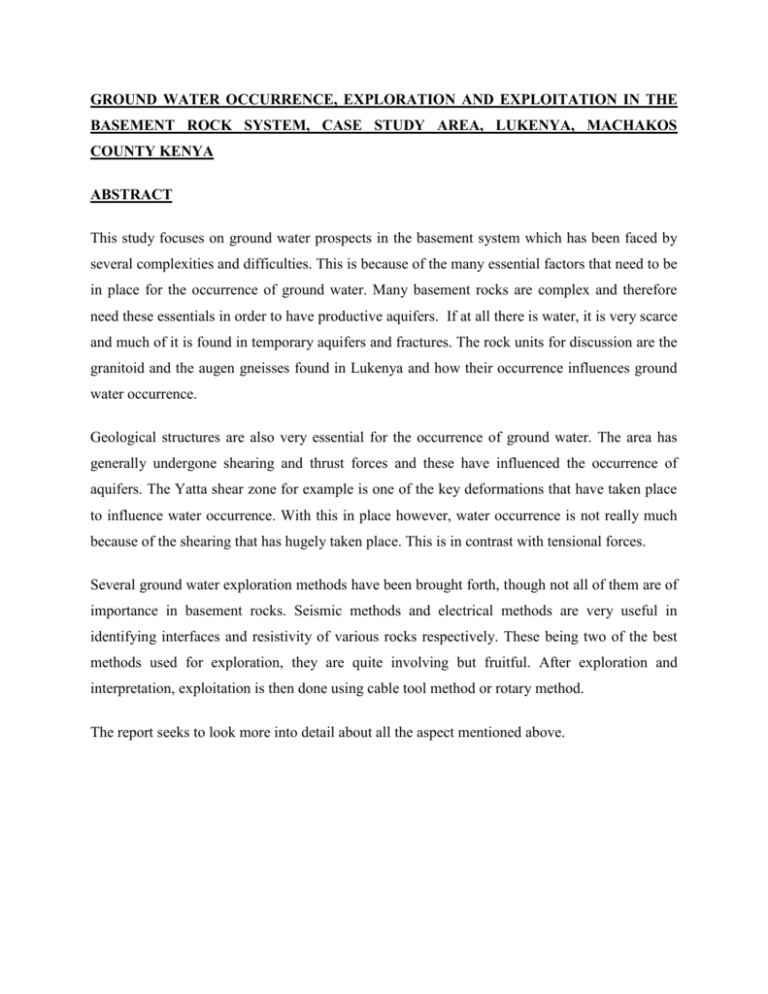
GROUND WATER OCCURRENCE, EXPLORATION AND EXPLOITATION IN THE BASEMENT ROCK SYSTEM, CASE STUDY AREA, LUKENYA, MACHAKOS COUNTY KENYA ABSTRACT This study focuses on ground water prospects in the basement system which has been faced by several complexities and difficulties. This is because of the many essential factors that need to be in place for the occurrence of ground water. Many basement rocks are complex and therefore need these essentials in order to have productive aquifers. If at all there is water, it is very scarce and much of it is found in temporary aquifers and fractures. The rock units for discussion are the granitoid and the augen gneisses found in Lukenya and how their occurrence influences ground water occurrence. Geological structures are also very essential for the occurrence of ground water. The area has generally undergone shearing and thrust forces and these have influenced the occurrence of aquifers. The Yatta shear zone for example is one of the key deformations that have taken place to influence water occurrence. With this in place however, water occurrence is not really much because of the shearing that has hugely taken place. This is in contrast with tensional forces. Several ground water exploration methods have been brought forth, though not all of them are of importance in basement rocks. Seismic methods and electrical methods are very useful in identifying interfaces and resistivity of various rocks respectively. These being two of the best methods used for exploration, they are quite involving but fruitful. After exploration and interpretation, exploitation is then done using cable tool method or rotary method. The report seeks to look more into detail about all the aspect mentioned above.
